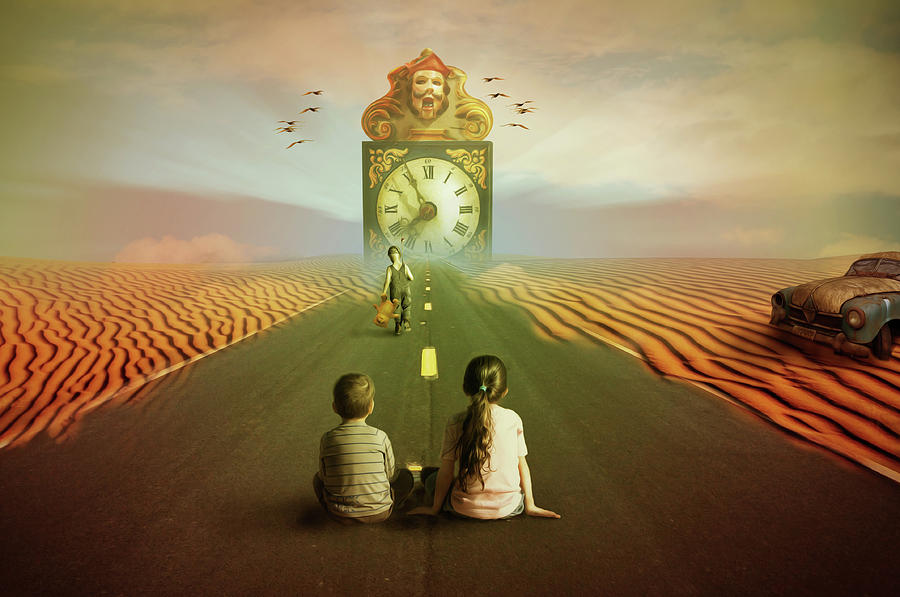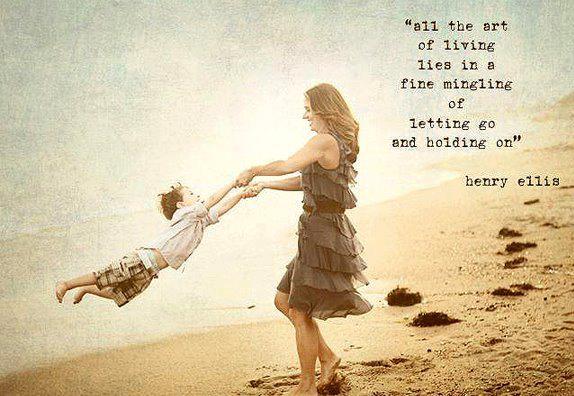
It turns out that a death doula is like a birth doula but assists with the process of dying. When I came across their Instagram I became curious. Two Fort Worth women just launched their business, The Art of Dying, in January 2023 after completing their death doula training. And as things have gotten heavier for me lately with my father starting palliative care for his cancer and the loss of a great love in a breakup, I decided it was time to stare death and grief boldly in the face.
#Fear of growing up art free
When achieved, this allows me to live with a free spirit and detachment to the things that weigh me down. Life doesn’t have to be so serious, and I think my journey exploring my own non-imminent death has reminded me of this. Peace and serenity lie somewhere in the middle. I have found that the pain is in the clinging to life or avoidance thereof, whether it is my own or another’s. The joys in life like my son, friendships, or romantic partners are merely finite gifts lent to me from the universe, never mine to keep or clutch. I have always thought of myself as a pilgrim. “For dust you are, and to dust you shall return.” Sounds familiar, right? This symbol of death on my desk was a reminder to face my fears head on, and that I am just passing through this world, adding my thread to the massive tapestry that is the story of all us. And I borrowed this idea from 14th-century monks who kept skulls on their desks as a reminder of their mortality as they wrote their philosophical dissertations, so this idea wasn’t new. I am merely the vessel who delivers them using my passion and acute sensitivity to humanity. After all, as a journalist, these stories are not my own. The idea was that this mortal reminder would help me get past writer’s block. The birds, to me, represented the creativity that comes forth in the face of our finitude. I gravitated toward it because it reminded me how fleeting and fragile life can be. I found it at ArtsGoggle in Fort Worth 13 years ago when the local arts festival was just starting out. You say risk, we hear danger - risk and danger are not the same thing, in fact.On my desk at home, I have a true-to-life-sized concrete sculpture of a skull with little porcelain bluebirds resting on its mouth, ears, eyes, and one on its crown. Most parents would say children should get burned and that would be the end of the conversation. Children are playing with old tires, they're playing with hammers, all kinds of sharp tools, they're building fires all over the playground by themselves. They've had a little bit of a revival lately and I went to visit one.

and there they were kind of in tune with the parenting norms, which is that children should be risky they should grow up to be courageous and brave. They were relatively common in the 1940s in wartime U.K. They're called junk playgrounds, or sometimes adventure playgrounds. That doesn't mean they were dangerous but they felt dangerous, and a child's sense of conquering that fear is what allows them to feel competent and independent. When children used to play in playgrounds, they used to do things that felt risky to them.


I think the process of growing up is the process of learning to manage those fears. But there's something a little bit unnatural about that. I think we have this assumption now that children can't manage their own risks that a child does not have the capacity to manage either a physical or an emotional risk unless we step in and manage it for them. The assumption of being watched changes your personality and your experience of childhood. They look towards an adult if they need to make any decision, if they need to know whether they should go anywhere at the playground they assume they're going to be watched. live with the assumption that they will always be watched. You can read highlights from the conversation below.Īlso, we want your thoughts - are the children of today overprotected? Please take the poll below. "What's happened now is we've swung way too far in the other direction such that we've become preoccupied with safety, and that's really having an effect on the culture of childhood so that we're stripping children of their independence, of their ability to take risks, which are key to a happy childhood," she says. She says it has to do with the lack of independence people allow their children these days. In an interview with All Things Considered, Rosin tells host Robert Siegel that she had long wondered why statistics show that today's parents both work more and spend more time with their children than previous generations. The cover art is for Hanna Rosin's article, " Hey Parents: Leave Those Kids Alone," about the overprotected child. Hanna Rosin says when kids do things that feel risky on a playground, it allows them to conquer a fear and gain independence.


 0 kommentar(er)
0 kommentar(er)
